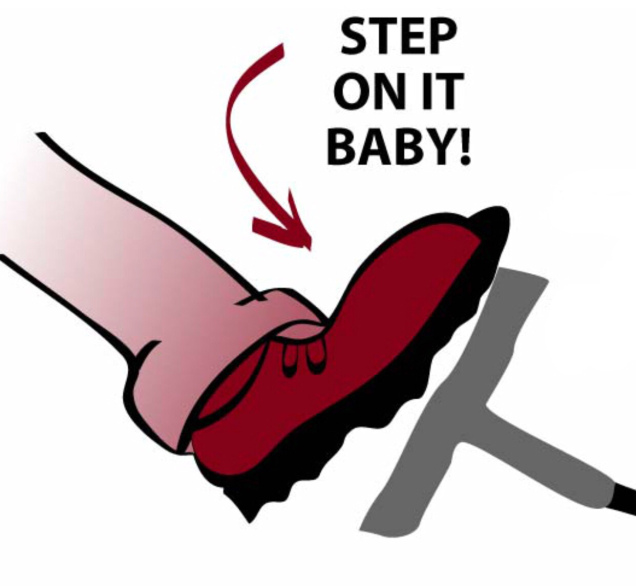Download links for: Cat Whisperer: Why Cats Do What They Do--And How to Get Them to Do What You Want


Reviews (see all)
Write review
A little more detailed than I was looking for, but she definitely knows her stuff.
an OK book. I knew most of the stuff that was in the book already.
Helpful but redundant.
07/22/14-
Other books by Nonfiction
Other books by Mieshelle Nagelschneider
Related articles












